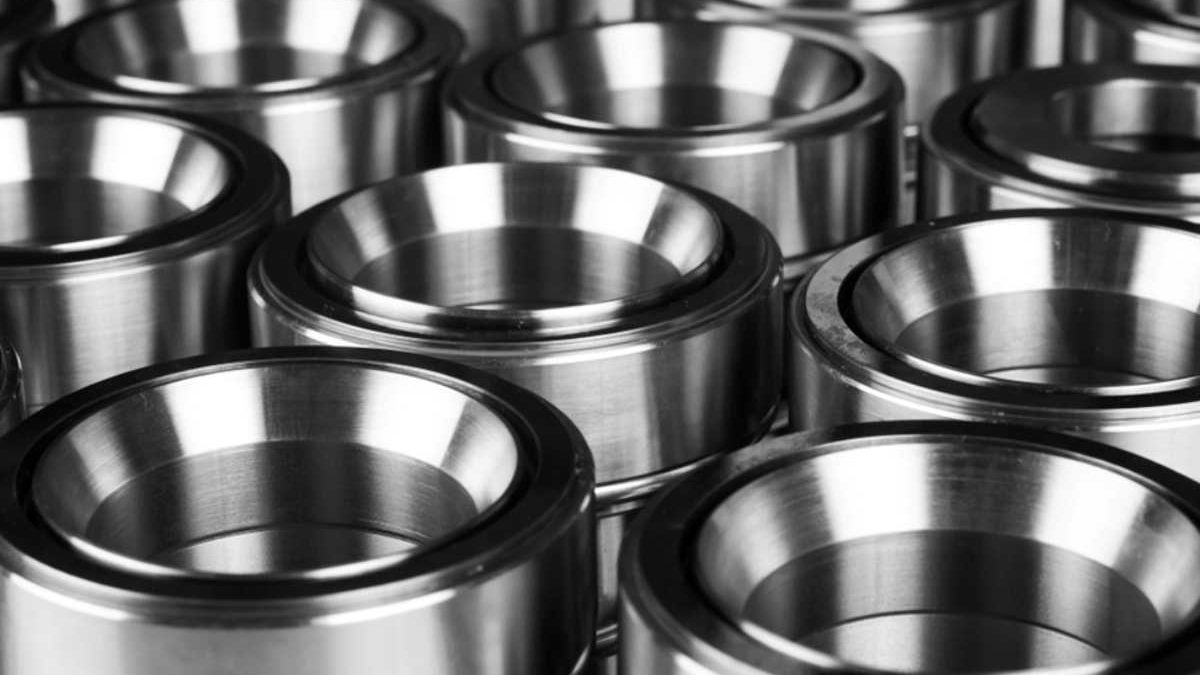Seals are small and seemingly insignificant parts of a machine, but they have a crucial impact on system performance across various industries. The reliability of what may be considered a simple component can make all the difference to your products and operations.
The main purpose of seals is to stop the leakage of gases and fluids and prevent systems contamination. Sealing devices are readily available, and while they may look similar, you cannot use one in place of the other as they all possess different properties for varying purposes.
Seals that need to withstand high temperatures pose a few challenges, as the seals need to be able to face a unique set of conditions. There are quite a few challenges commonly encountered in high-heat sealing; here are three of the most difficult.
Table of Contents
1. Extreme Temperature
When selecting a seal for a job, you need to understand the conditions it will face before making a choice. Temperature conditions for high-heat sealing can be as high as 400 degrees Celsius or 752 degrees Fahrenheit, which is a challenge because conventional sealing materials cannot hold up under such conditions. Many industries have processes involving high-heat sealing. For example, the oil and gas industry has many high-temperature applications such as steam or gas turbines, fluid catalytic cracking, and other refining processes.
2. Getting a Suitable Material
The most common issue with high-heat sealing is identifying and procuring the best suitable sealing material. The demand for such high-resistance seals is great, but only a few materials are suitable for machinery operating at extreme temperatures. These materials are used in engineering projects and have special characteristics that make them able to stand high temperatures and other conditions that accompany high-heat sealing. They include:
- PTFE (Polytetrafluoroethylene): This polymer of tetrafluoroethylene is a low-friction and chemically inert material with very high-temperature resistance. It can withstand temperatures of up to 500°C/932°F.
- PEEK: Polyetheretherketone is an engineering thermoplastic with great thermal resistance at temperatures up to 170°C/338°F. It has a crystalline nature giving it high tensile strength and mechanical stability.
- Fluorosilicone: Made up of siloxane and fluorocarbon chains, this polymer has a temperature range of -60 C/-76°F to +220°C/428°F.
- Silicone: Silicone is one of the more common materials for high-heat sealing. It is extremely popular in the manufacturing industry for use in aircraft and automobiles, and it can withstand temperatures above 200°C/392°F.
3. Finding a Reliable Supplier
A reliable supply chain is essential to the growth and success of your business. Often because of the high demand for these seals and the scarcity of the materials, you may not get what you paid for, especially when you buy from an untrusted source. You should also choose a local manufacturer, as cheap imports may not meet strict safety standards.
Moving Forward With High-Heat Sealing
Sealing technology has been advancing, and the improvements have made it possible to solve the challenges faced in high-heat sealing. Whether it is high temperatures, chemical resistance, or the ability to stand up to friction, there is a solution to meet your needs. All you need to do is research and consult an expert for the right material selection.

